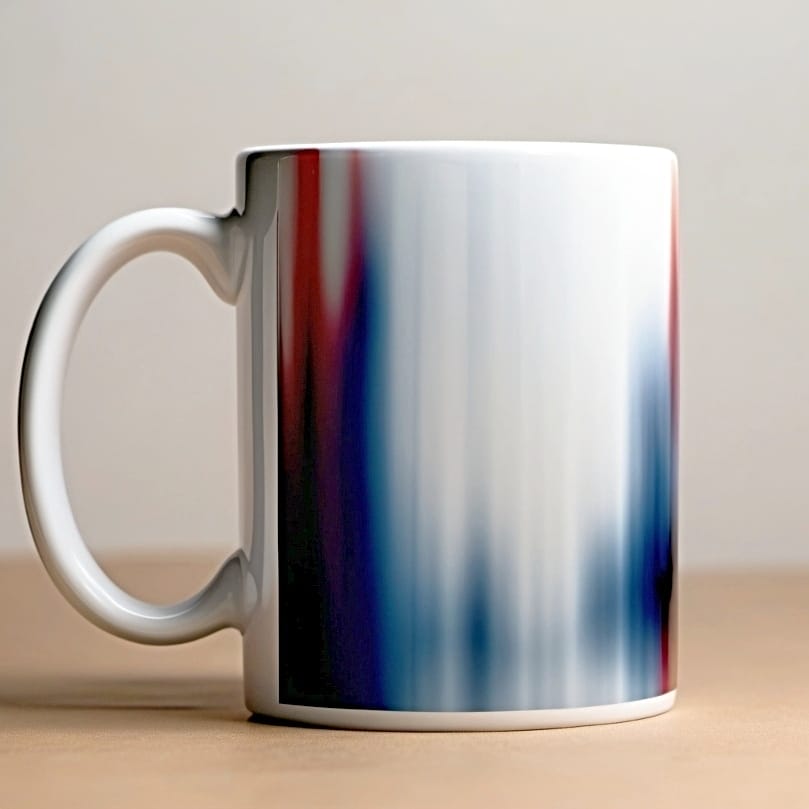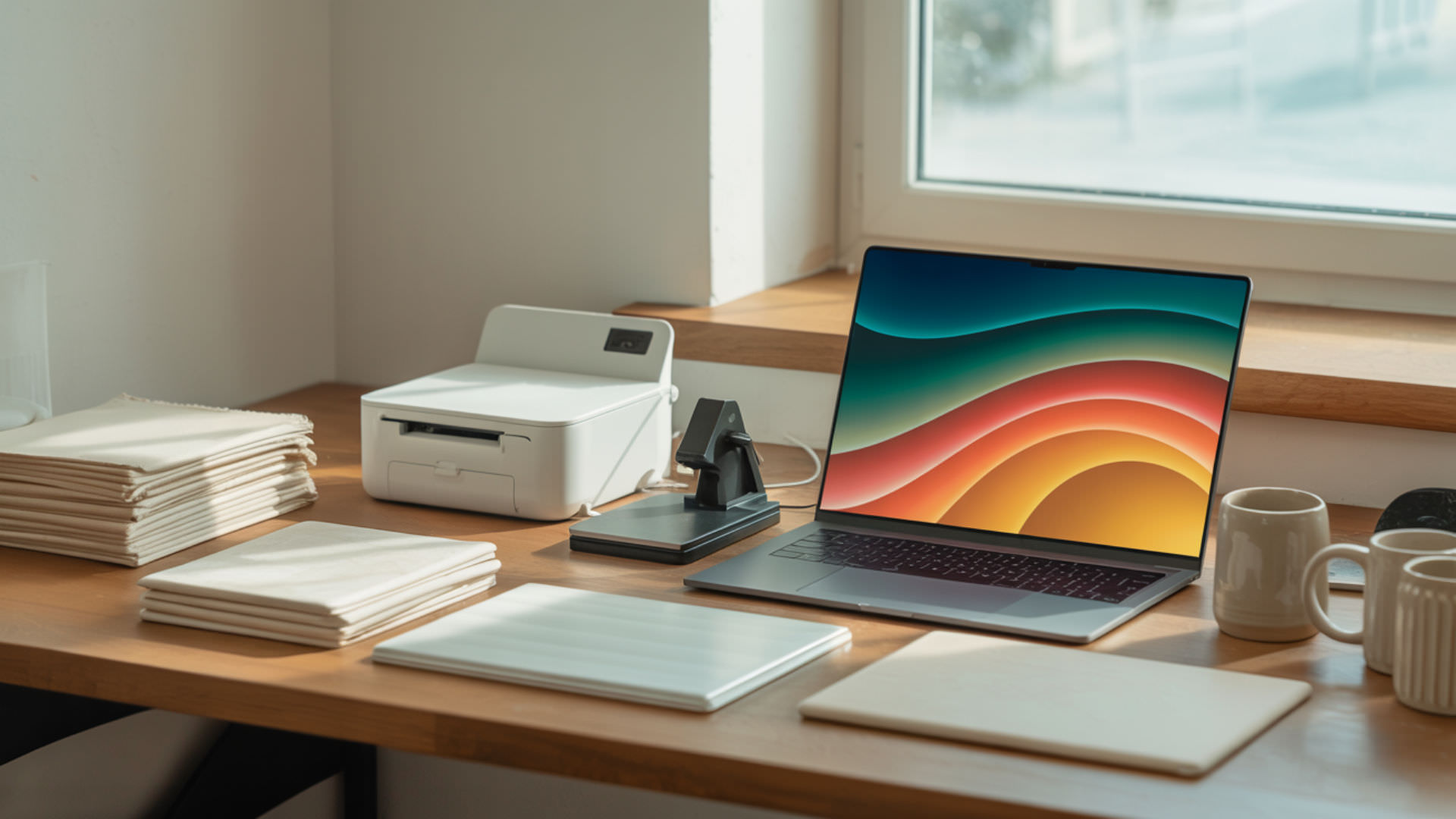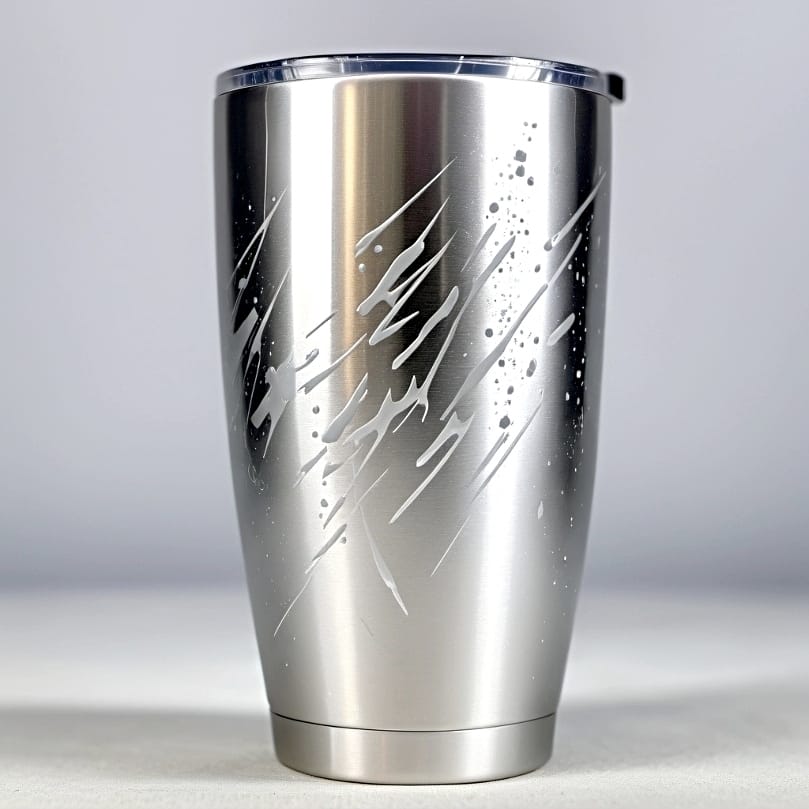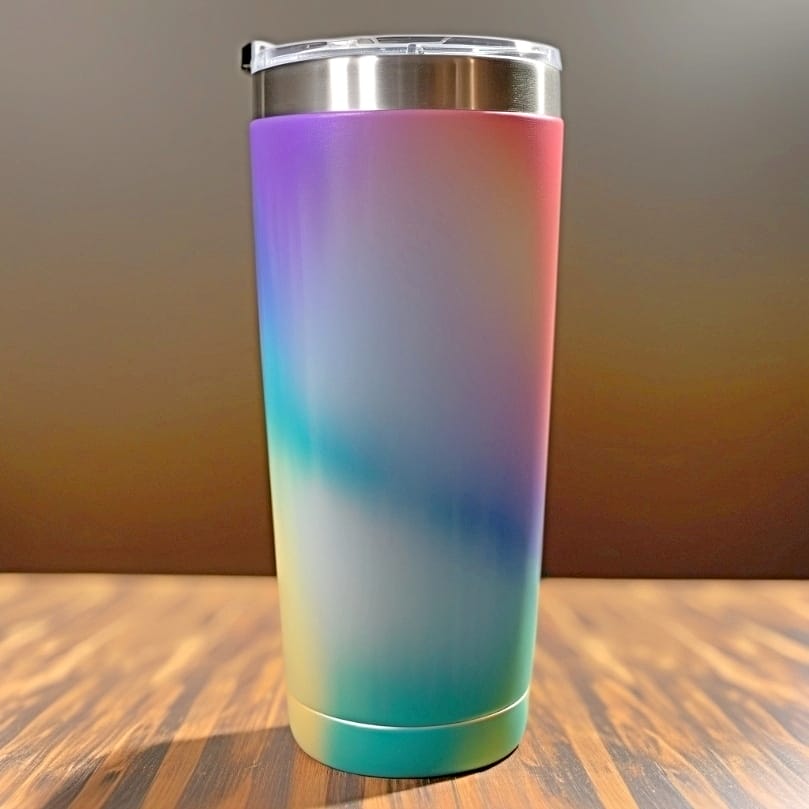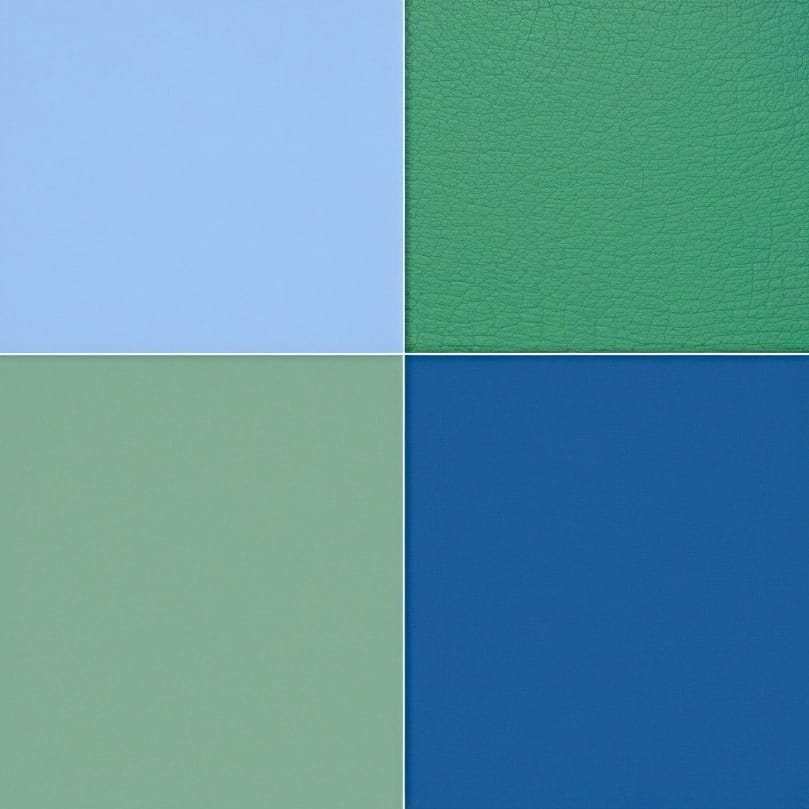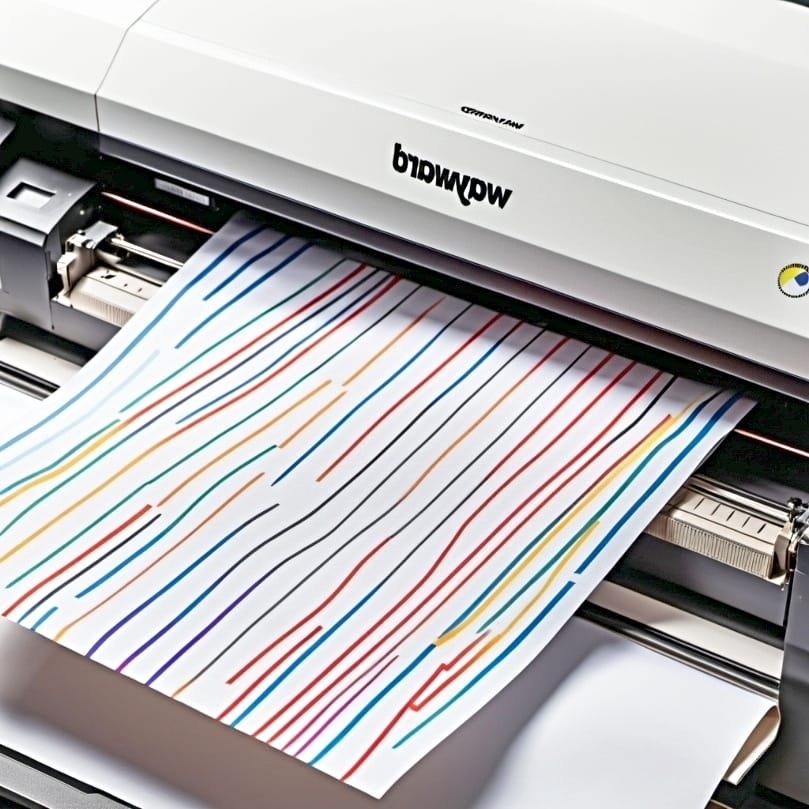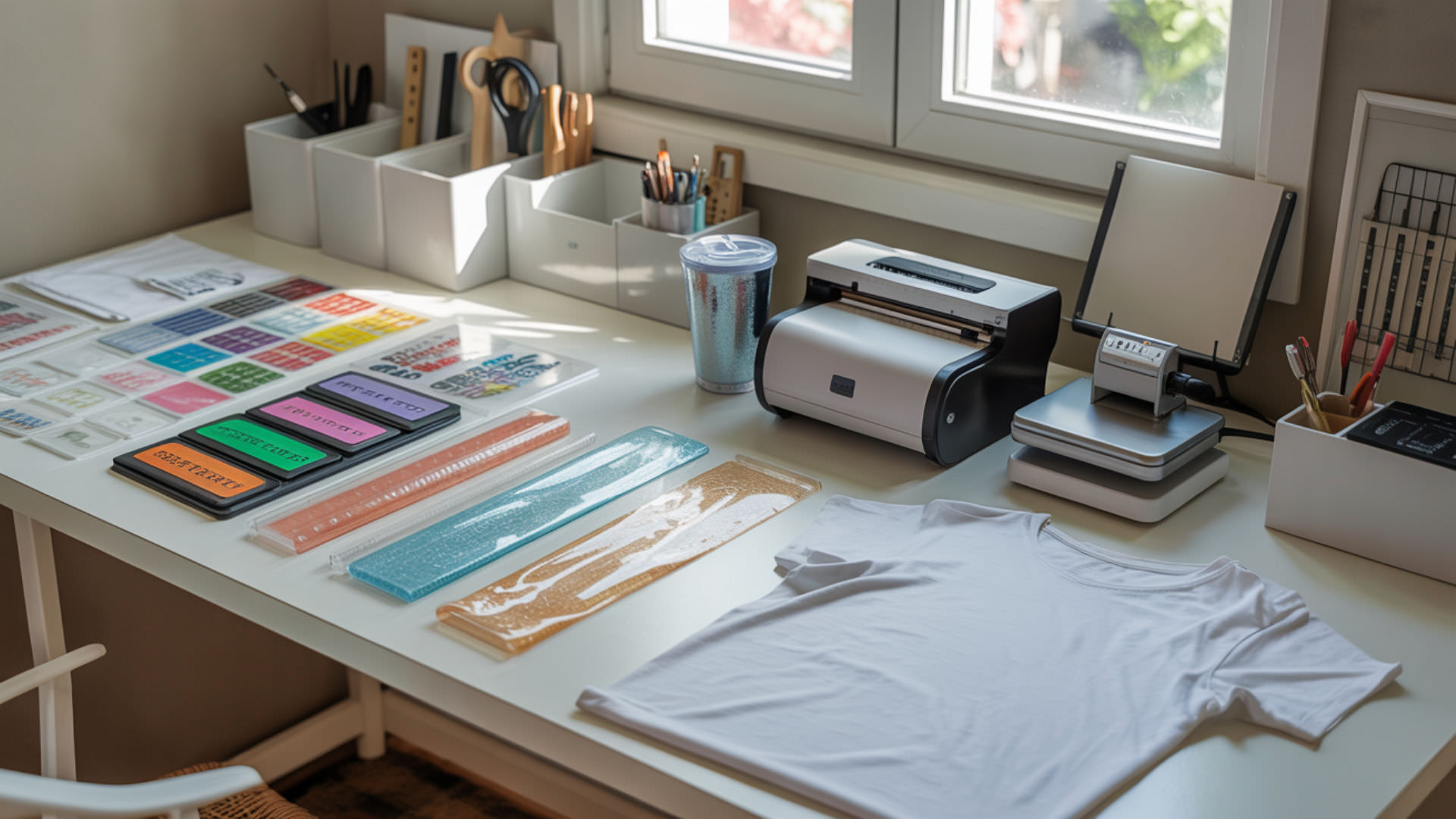Table of Contents
ToggleAre you sublimation geeks struggling with sublimation blurriness? There are several reasons ‘why is my sublimation blurry’, including issues with pressure, heat, and more. We’ll explore these underlying factors and provide targeted fixes to help you refine your sublimation process for crisper, more vibrant prints. Are you ready comprehensive insights without any fluff as we get straight to the core of your sublimation challenges? Yes? Let’s get straight into it!
Key Takeaways
- Ensure correct pressure and heat settings during sublimation to avoid blurry prints – too little pressure or incorrect heat can mess things up.
- Keep your sublimation printer in top shape – clean and calibrate print heads regularly, and adjust printer settings for the best ink transfer.
- Avoid moisture at all costs! Pre-press to remove excess from substrates and keep your work area dry to keep those prints crisp and clear.
Pinpointing the Cause of Blurry Sublimation Prints

Sublimation printing, which relies on sublimation printers, is a popular technique for transferring vibrant, full-color designs onto various substrates. But like any printing method, it’s not immune to common issues such as blurry prints.
Time to demystify the reasons behind this blurry image.
Insufficient Pressure During Heat Transfer
During the sublimation process, maintaining the correct pressure is of paramount importance. Too little pressure can lead to incomplete transfers and blurry designs. Referring to resources like the Sublimation Cookbook can be beneficial to determine the ideal pressure settings, especially for sublimation crafters looking to perfect their technique in various sublimation projects.
Also, aligning the pressure applied during sublimation with the guidelines provided by the supplier of the sublimation blanks can enhance the print’s clarity.
Excessive Heat: A Common Culprit
While heat is an indispensable element in sublimation printing, too much heat can cause harm. An excessively high temperature can damage the substrate, while a temperature too low can result in a blurry or faded design. Conducting a trial print at various temperatures and durations is advisable to identify the perfect heat press settings, thereby avoiding blurry results.
⫸ Click Here For Best Selling Sublimation Printers And Products ⫷Choosing the Right Sublimation Paper
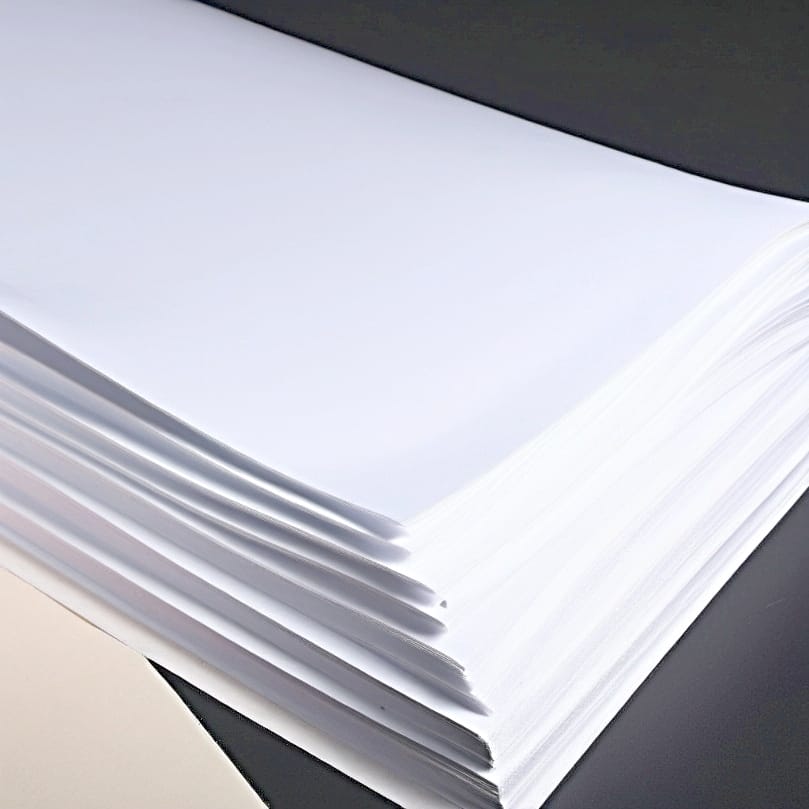
The quality of sublimation paper plays a significant role in the final print quality. Using high-quality sublimation paper with a specialized surface coating prevents the dyes from spreading, avoiding blurry images.
Preserving the paper’s quality necessitates its storage in a clean, dry area, away from humidity.
The Role of Printer Settings in Sublimation Clarity
It’s not just about the materials – the settings of your sublimation printer can also greatly influence the clarity of your prints.
Next, we will examine the ways to fine-tune these settings for optimal outcomes.
Fine-Tuning Print Heads for Precision
Regular cleaning and calibration of print heads are vital for precision in printing. Clogs in the print heads can lead to blurry sublimation prints. Regular usage of printers can prevent sublimation ink from drying out and clogging the print heads.
For persistent clogs, use the printer’s built-in cleaning function or a manufacturer-recommended cleaning solution.
Optimizing Printer Settings for Sublimation Ink
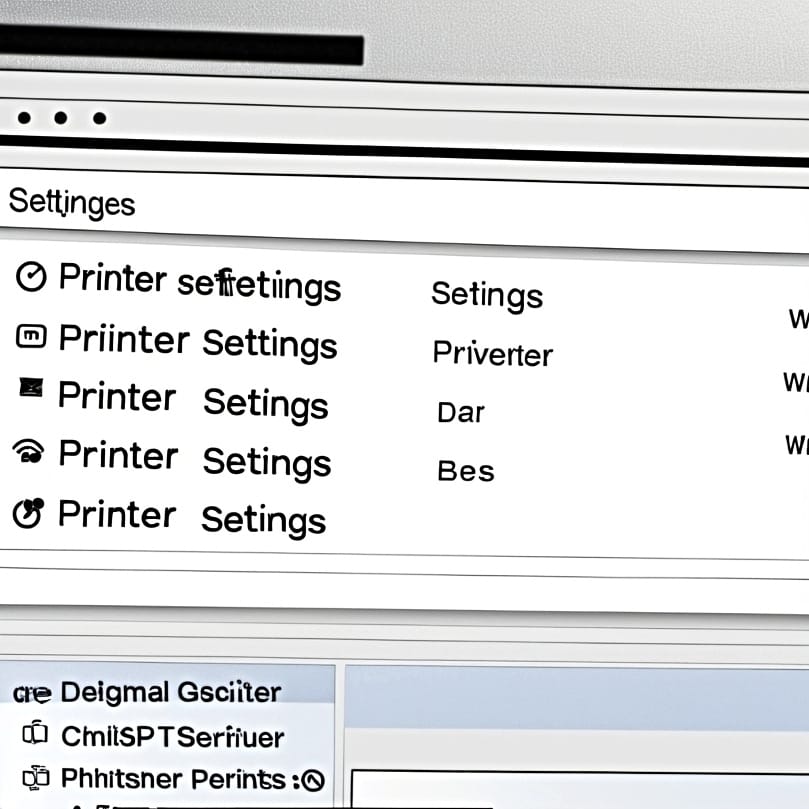
Optimizing printer settings can contribute to improved sublimation print quality. High-speed printing options should be turned off, and the print quality should be set to high.
Creating presets in printer settings after adjusting for sublimation ink can streamline the printing process and ensure consistent clarity.
Tackling Moisture-Related Blurring in Sublimation

Moisture is an additional factor leading to blurry prints which needs to be addressed during the printing process as well as in the work environment. Let’s discuss this further.
Pre-Press Techniques to Remove Moisture
Pre-pressing techniques are critical in removing excess moisture from the substrate, which can cause unwanted effects like small dots or a general blurry appearance in the final product. Pre-pressing substrates with a lint-free cloth or using a heat gun can help in removing excess moisture.
The Importance of a Dry Work Environment
Maintaining a dry work environment is key to reduce moisture absorption, which can negatively affect sublimation transfers.
Store your sublimation paper in plastic bags or zip lock bags to minimize humidity’s impact on paper quality.
Ensuring Proper Alignment and Adhesion
Faultless alignment and adhesion are prerequisites for a perfect print. We’ll now examine how to achieve this during the sublimation process.
Using Heat Resistant Tape Effectively
Heat-resistant tape is indispensable for securing hard substrates to the sublimation paper, minimizing movement, and avoiding ghosting. However, it should not be applied to the foiled edge of plaques as it may damage the foil when removed.
Spray Adhesive: An Alternative Solution
Spray adhesives can be an effective alternative to tape for securing sublimation transfer paper, particularly on fabrics or uneven surfaces. To properly use spray adhesive, apply an even coat across the entire print, and allow it to become tacky before pressing.
The Impact of Substrate Quality on Image Sharpness
The substrate quality also significantly affects the sharpness of your sublimation prints. We will now discuss how the substrate selection can impact the final product.
Selecting the Best Transfer Surface
The choice of transfer surface is critical for achieving the best possible results in sublimation printing. Using the correct side of the sublimation paper ensures the image is vibrant and correctly transferred. As sublimation transfer paper shifts in quality and performance, it’s essential to choose the right product for your specific project.
For optimal results, use shirts with a high polyester blend, ideally 100% polyester.
Poly-Coated Products for Superior Sublimation
Poly-coated products are favored for sublimation due to their ability to enhance both the quality and longevity of the printed image. The thickness and quality of the poly-coating used on products like ChromaLuxe metal substrates can provide images with a slight 3D effect, thus increasing the visual impact of the sublimated print.
Post-Press Practices for Maintaining Image Clarity
Post-pressing, adopting certain practices can preserve the clarity of your prints. Let’s examine these practices.
Cooling Down Correctly
Rapid and even cooling of sublimated items is essential to prevent dye gases from continuing to migrate, which could lead to blurred images.
After shrink wrapping, items should be cooled quickly and uniformly to prevent dye gases from causing blurred details or overall image distortion.
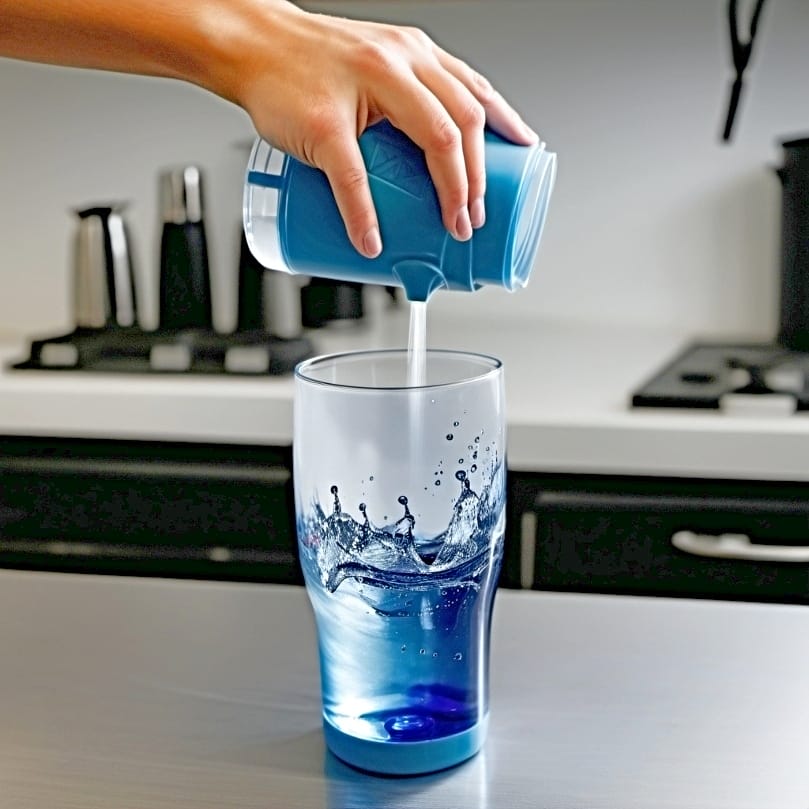
Handling Shrink Wrap with Care
Shrink wrap can ensure the transfer is fully bonded to the product without introducing distortion. However, uneven pressure from improper shrink wrap application can lead to parts of the sublimation image appearing soft or fuzzy. It is important to understand the reasons for your shrink wrap melting sublimation and how it can be avoided.
Color Management and Its Effects on Sublimation Clarity
Color management is a crucial aspect of achieving clear and accurate sublimation prints.
Let’s explore how to effectively manage colors.[1]
Calibration for Consistency
To manage color shifts and ensure consistency between the monitor display and the printed output, calibration of monitors and printers is necessary. Professionals recommend using calibration tools like colorimeters for creating accurate device-independent ICC profiles.
Adjusting for Different Colors
Adjusting for different colors can be achieved through custom color correction options available in printer settings. Saving customized adjustments as presets in the printer settings can save time and provide consistency for similar future projects.
Troubleshooting Specific Blurry Issues
Having covered the basics, we will now focus on resolving specific blurry issues that you might face.
Resolving Ghosting and Double Images
Ghosting is a common issue in sublimation printing that can be avoided by following these steps:
- Ensure the print does not move during the warming process.
- Make sure the sublimation paper does not shift while pressing.
- Use plenty of tape to tightly secure the wrap around the object to prevent ghosting.
By following these steps, you can prevent ghosting in your sublimation prints.
Fixing Banding and Streaks in Prints
Banding and streaks in prints are usually caused by clogged printer head nozzles or low ink levels. Regular printer maintenance, such as cleaning of the print heads and topping off the ink levels, can help resolve these issues. You can also read a separate guide on sublimation printer head and static electricity.
Summary
In conclusion, achieving clear, sharp sublimation prints requires a comprehensive understanding of the sublimation process. From ensuring optimal pressure and temperature during heat transfer to managing color and taking care of post-press practices, there’s a lot to consider. With the right techniques and knowledge, you can overcome common sublimation problems and achieve consistently beautiful prints. Sublimation is an ocean of crafts – your projects can range from sublimation on koozie blanks to creating beautiful custom keychains with sublimation. More more details and guides on sublimation printing, you can visit our main page.
Frequently Asked Questions
Why is my sublimation not clear?
Check the recommended settings from the company where you got your sublimation blanks since image fading can be caused by incorrect time, temperature, or pressure. Remember that every heat press is different, so keep that in mind when adjusting the settings.
How do I get the most vibrant sublimation?
To get the most vibrant sublimation, invest in a high-quality sublimation printer, use high-quality sublimation ink, and print high-resolution images. Also, ensure you sublimate on 100% polyester garments and use products labeled as “sublimation blanks.” Regular maintenance of your printer is essential as well. Remember to use sublimation poly coating spray on fabrics for best results. Good luck!
How does the quality of the substrate affect the sharpness of sublimation prints?
The quality of the substrate directly affects the sharpness of sublimation prints. A high-quality poly-coating prevents dyes from spreading and blurring the image.
What is the role of color management in sublimation printing?
Color management in sublimation printing ensures that what you see on your monitor matches the printed output, resulting in clearer and more accurate prints. It’s crucial for maintaining consistency in color reproduction.
How can I fix specific blurry issues like ghosting and banding in prints?
To fix ghosting in prints, make sure the print doesn’t move during warming and the sublimation paper doesn’t shift while pressing. For banding, conduct regular printer maintenance like cleaning the print heads and topping off the ink levels.
References
- About Color Management – Microsoft Support. (n.d.). https://support.microsoft.com/en-us/windows/about-color-management-2a2ed8fa-cf09-83c5-e55c-d1428519f616

